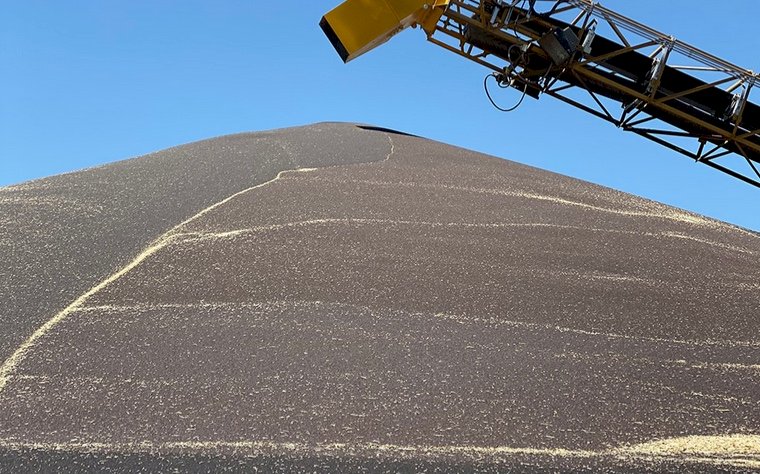AWB - Grain Price jump again
- By: "Farm Tender" News
- Cropping & Grain News
- Oct 08, 2021
- 567 views
- Share

By Angus Groves - AWB
Wheat futures ended the week with a bang on Friday night increasing their fightback after weeks of stagnation. All this action in wheat, all the while east coast canola prices continue their march towards A$1,000 per tonne – a price which has already traded in Western Australia.
These price rises coincide with a perfectly timed September rainfall for most broadacre farmers across NSW. In a perfect world Northern NSW would have liked the rain a fortnight prior, but nevertheless, this fall won’t cause any quality issues and should add plenty of weight to the grains already formed in the heads.
Wheat futures finished on a six-week high thanks to some momentum from United States Department of Agriculture’s small grains and quarterly stocks report. This was released on Thursday night Australia time and showed a larger than expected cut to the United States production forecast as well as a reduction in stock levels – to the lowest level since 2007. This meant Australia only had the Friday trading session to encourage any sellers after the rainfall totals had been officially counted.
However, it was the Friday night session in the US where the momentum really shone with higher-than-expected buying driving nearby futures back above the 750c/bu mark, which is well above A$350/t. Basis, however, is expected to weaken significantly for Australian grain growers with the current production forecast pointing towards a second above-average winter crop this year.
Back-to-back good seasons typically point to weaker Australian basis, which make our exports more competitive against global producers. Although it must be noted that strong demand for Australian wheat throughout the 21/22 marketing season will continue to keep export buyers honest with their pricing to ensure they have adequate purchases to cover the commitments they have made to customers.
One aspect of pricing that has not been really talked about is that of food inflation, not only the direct increases in the commodities we produce like wheat, canola, barley, but also the cost of shipping these products around the world, and the labour required to produce them.
This increase in shipping costs has been socialised more widely in recent times, given the surge in demand for physical goods since the Covid-19 pandemic has begun.
The Baltic Dry Index, which is the benchmark price of moving raw materials by sea, has jumped more than 150% over the last 12 months. In some respects, this can be viewed as a positive for Australian producers, given our freight advantage into most Asian countries.
However, the labour shortages we are faced with, due to the lack of foreign workers and restricted travel between states is causing real headaches for the Agriculture industry generally. Experienced harvest workers and trucks drivers are a dime a dozen, and it looms as a huge task for the grain industry to reap our crops in a timely manner.
So, this harvest we all need to be conscious of the staffing challenges faced by the entire Ag community, with increased pressure and impositions due to Covid-19 it calls for patience and understanding as we all work for the same result, in what we hope is a successful harvest for all.










Share Ag News Via